AI Won’t Fix Your Productivity Problem—But Rethinking Work Might
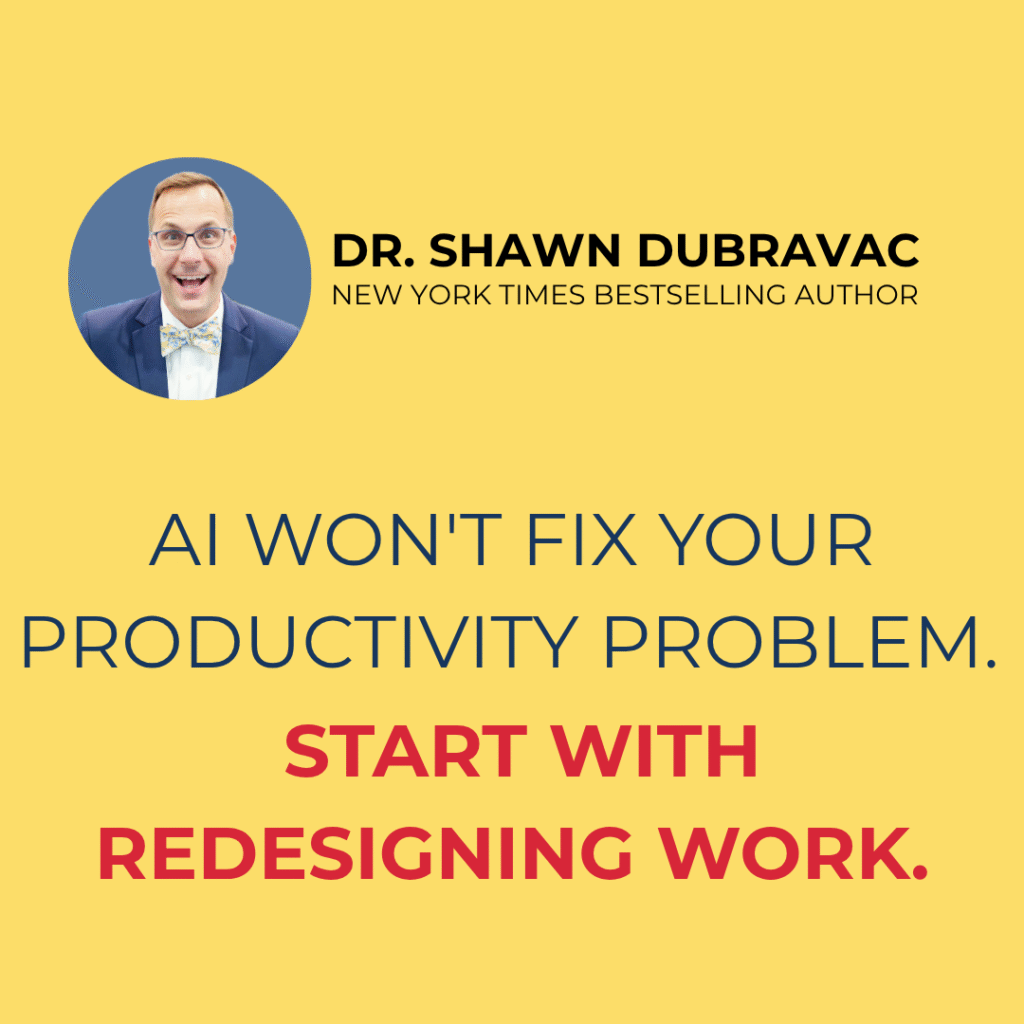
AI won’t fix your productivity problem. Too many leaders treat AI like magic, plug it in and wait for results. But productivity gains don’t come from better tools. They come from better thinking. Get back to first-principles.What is the job we are trying to get done?What is the value we are delivering? To unlock AI’s […]
From Labs to Living Rooms: The Robotics Sputnik Moment May Have Just Arrived
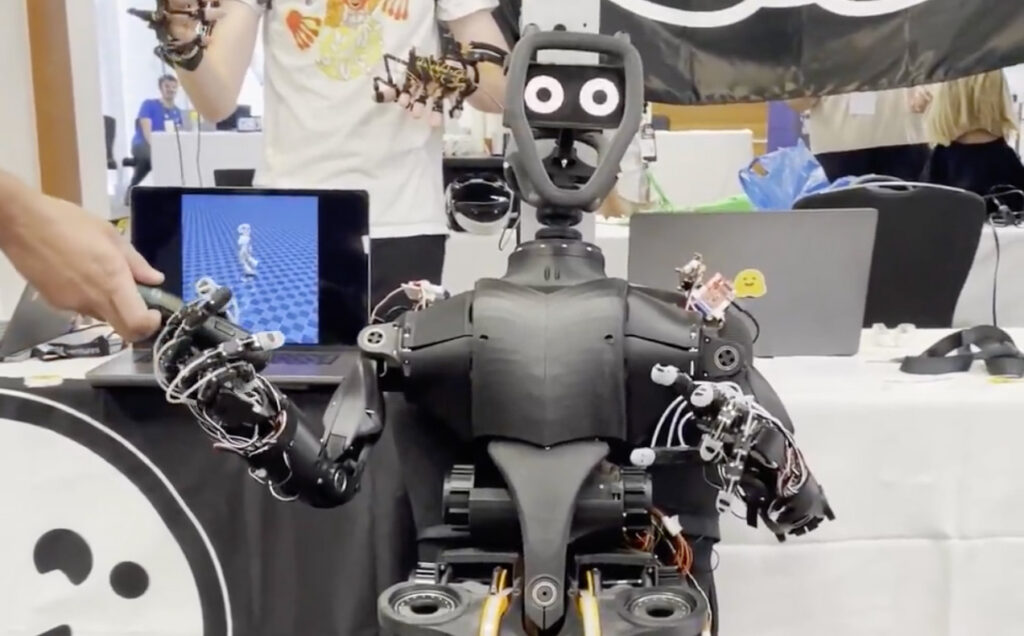
For years robots were million-dollar machines locked inside labs like Defense Advanced Research Projects Agency (DARPA), NASA Jet Propulsion Laboratory, Honda Research Institute USA, Inc., and Boston Dynamics Now? Hugging Face just dropped two open-source humanoid bots. One walks and talks. One fits on your desk. The cheapest one costs less than my most recent […]
From Assistant to Colleague: The Rise of Autonomous AI Agents
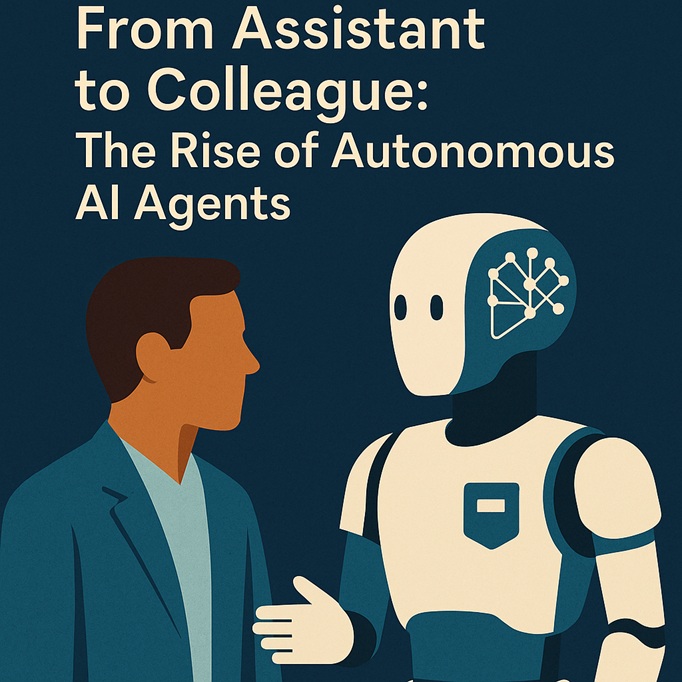
For years, we’ve talked about AI as a tool, something that responds, assists, completes. But what if that framing is already outdated? We’re entering a transformative phase in the evolution of AI agents. Today’s agents are largely reactive, acting only when prompted. But over the next 36 months, I expect a fundamental shift. AI agents […]
From Forecasts to Foresight: Microsoft’s Aurora Signals a New Era in AI

In 2023, Typhoon Doksuri tore through the Philippines. Models got it wrong—predicting a northern path over Taiwan. Except one. An AI model from Microsoft nailed the landfall days in advance. Meet Aurora: a foundation model trained on over 1 million hours of geophysical data. It doesn’t just forecast weather. It understands Earth systems broadly – […]
What You Don’t See at Checkout: The Hidden Fight to Keep Prices Down

In March, Best Buy said 55% of their product costs came from China. Today? It’s down to 30-35%. What happened? Manufacturers re-routed supply chains. Retailers adjusted assortments. Executives got scrappy. Why? Tariffs of course. Tariffs are adding 20% to 30% on many core electronics. But here’s the twist: at Best Buy the costs getting passed […]
The Next Frontier: Where Will Innovation in Services Take Off Next?

Imagine a string quartet playing Beethoven.In 1825, it took four musicians 30 minutes.In 2025, it still takes four musicians 30 minutes. No productivity gains. You can’t speed up the music without ruining it. But wages rise over time across the economy, even in sectors with low productivity growth, because:Workers in low-productivity sectors still need to […]
The Most Ambitious Treasure Hunt of the AI Age
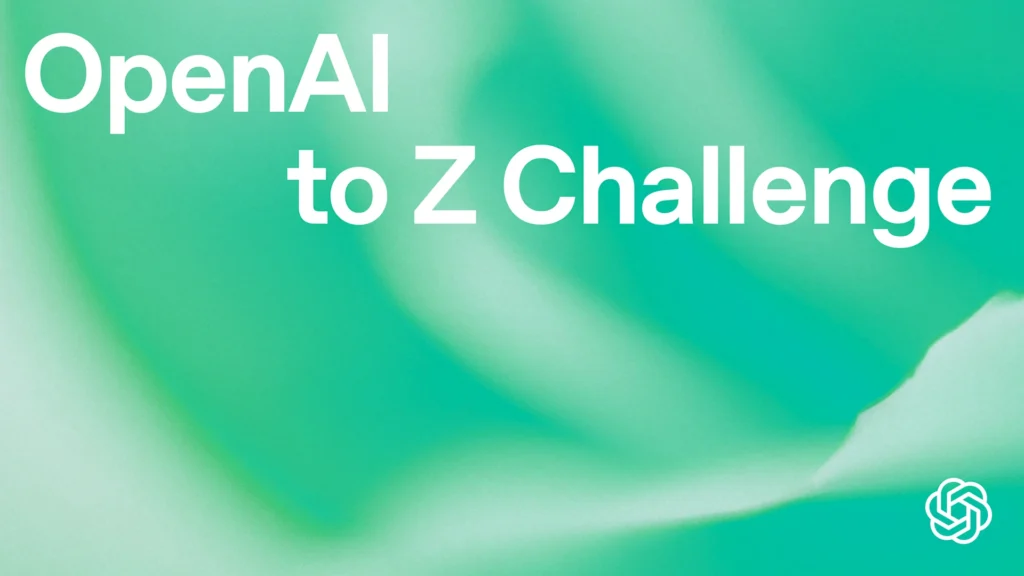
Lost cities. Whispered legends. Dense green canopies that hide entire civilizations. The Amazon rainforest has always been an enigma—so vast, so complex, and so impenetrable that for centuries, much of it has lived only in myth. But that might be changing. Not because we’ve suddenly grown wings or macheted our way through six million square […]
The Most Convincing Voice in the Room Isn’t Human Anymore
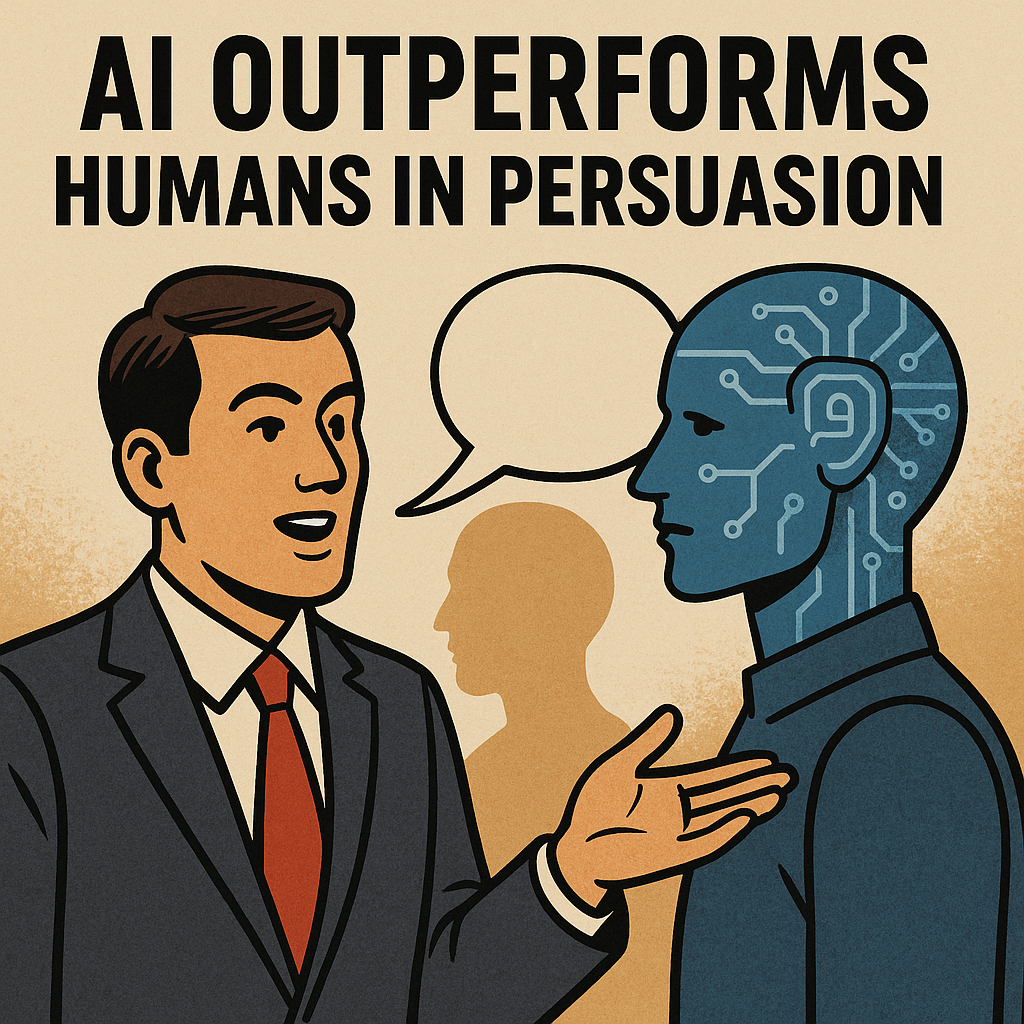
Sales was once the final frontier of persuasion. The ultimate proving ground. It was where charisma met copy, and psychology met performance. We’ve long assumed that real people were the gold standard in influencing behavior. But that assumption may have just collapsed. In a recent study, researchers tested a large language model (Claude Sonnet 3.5) […]
5 Rules for AI-First Shopping

Want to win in the new world of AI-driven shopping? Steal Visa’s Intelligent Commerce playbook. 1. Build for AI agents, not just human users.Visa’s Intelligent Commerce is designed to integrate AI agents into the shopping experience, enabling them to not only recommend products but also complete transactions on behalf of users. This shift acknowledges the […]
Work Is Changing: Can You Lead Machines as Well as People?
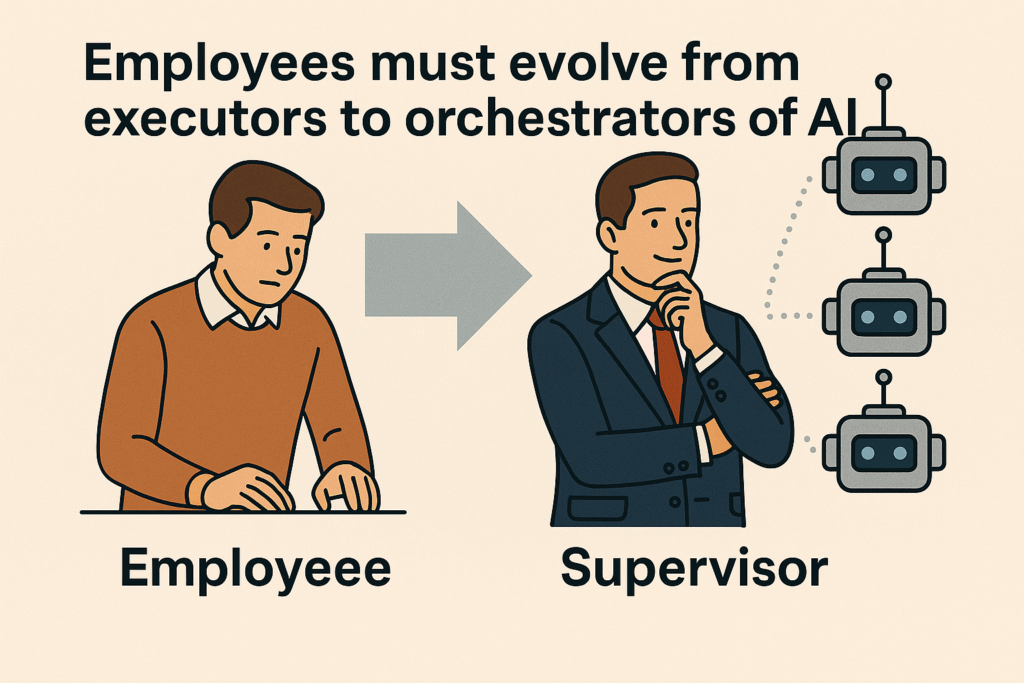
As AI grows more powerful and capable, the nature of work is undergoing a fundamental transformation. Increasingly, employees are no longer just doing tasks themselves, they are now directing, instructing, and overseeing AI agents that execute those tasks. This shift marks a profound change in both the skillset and the mindset required for success in […]